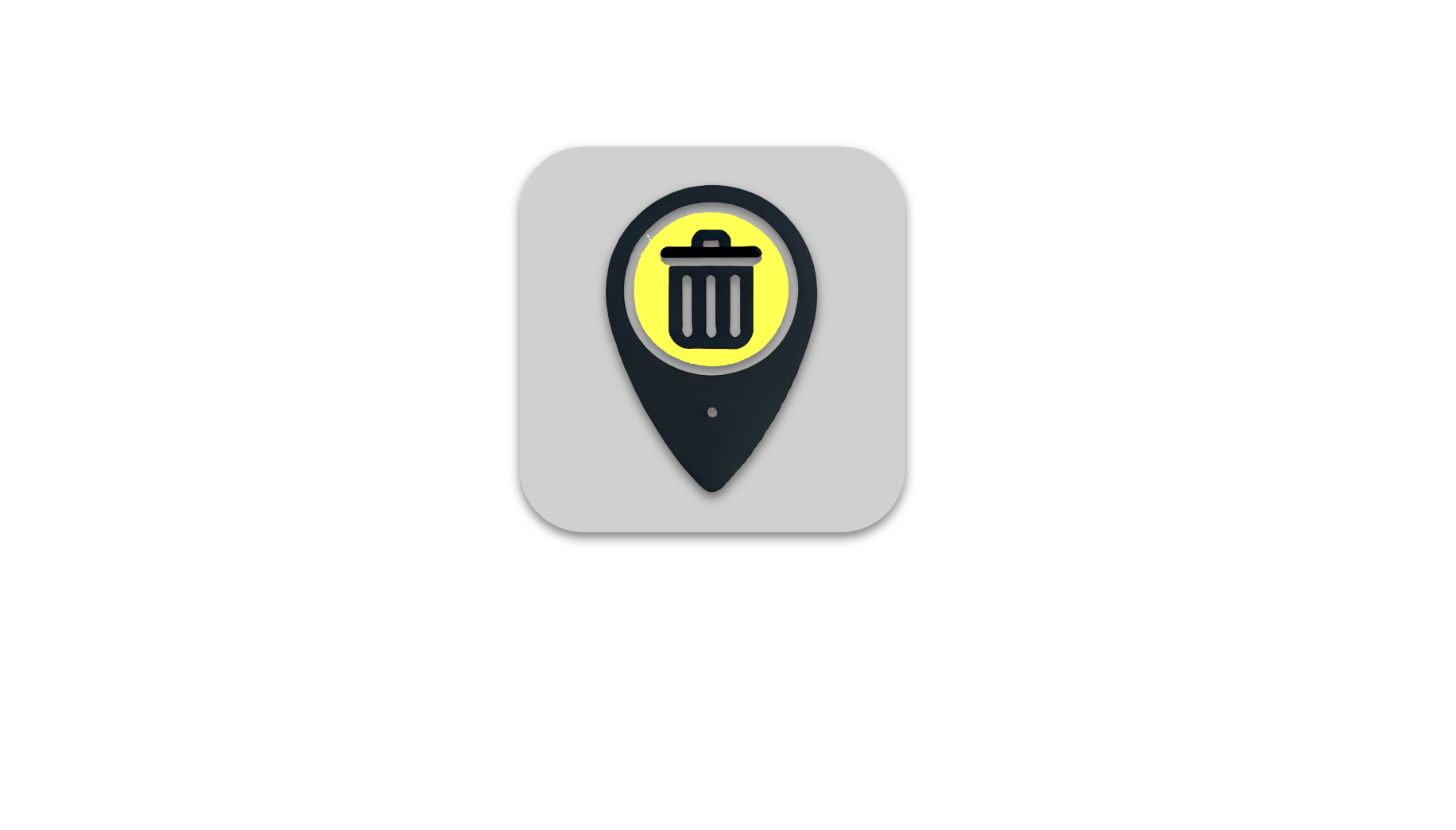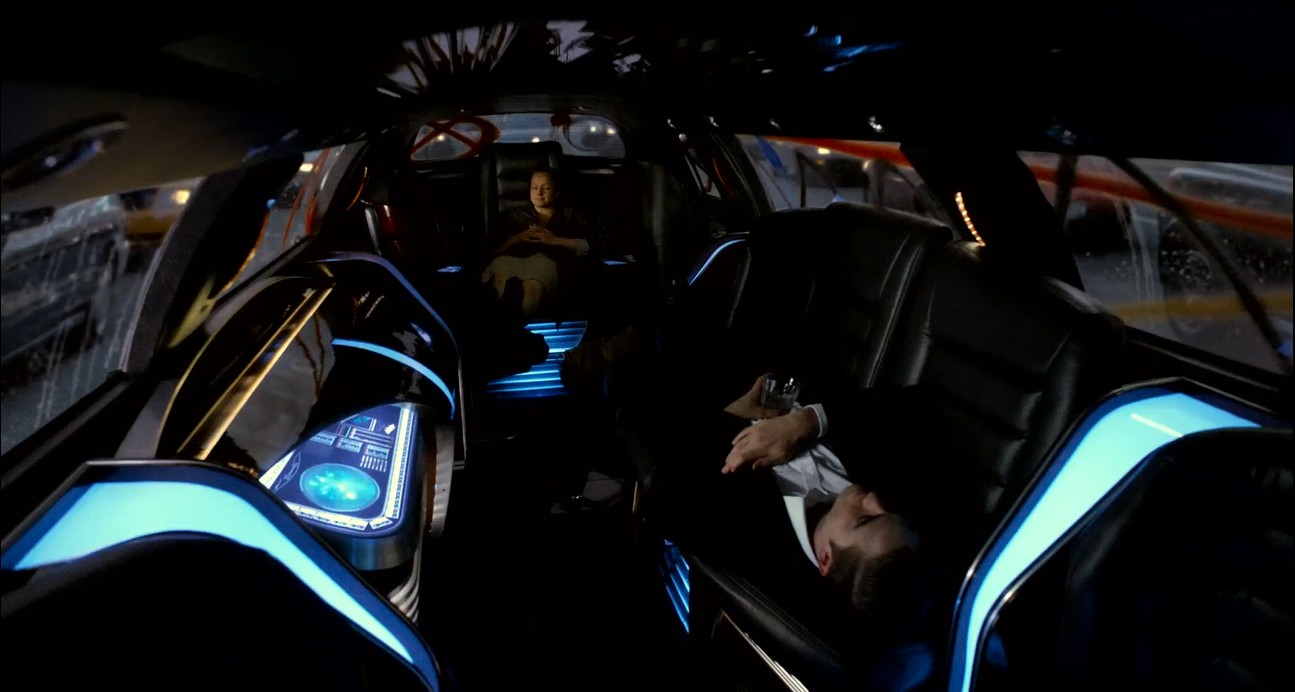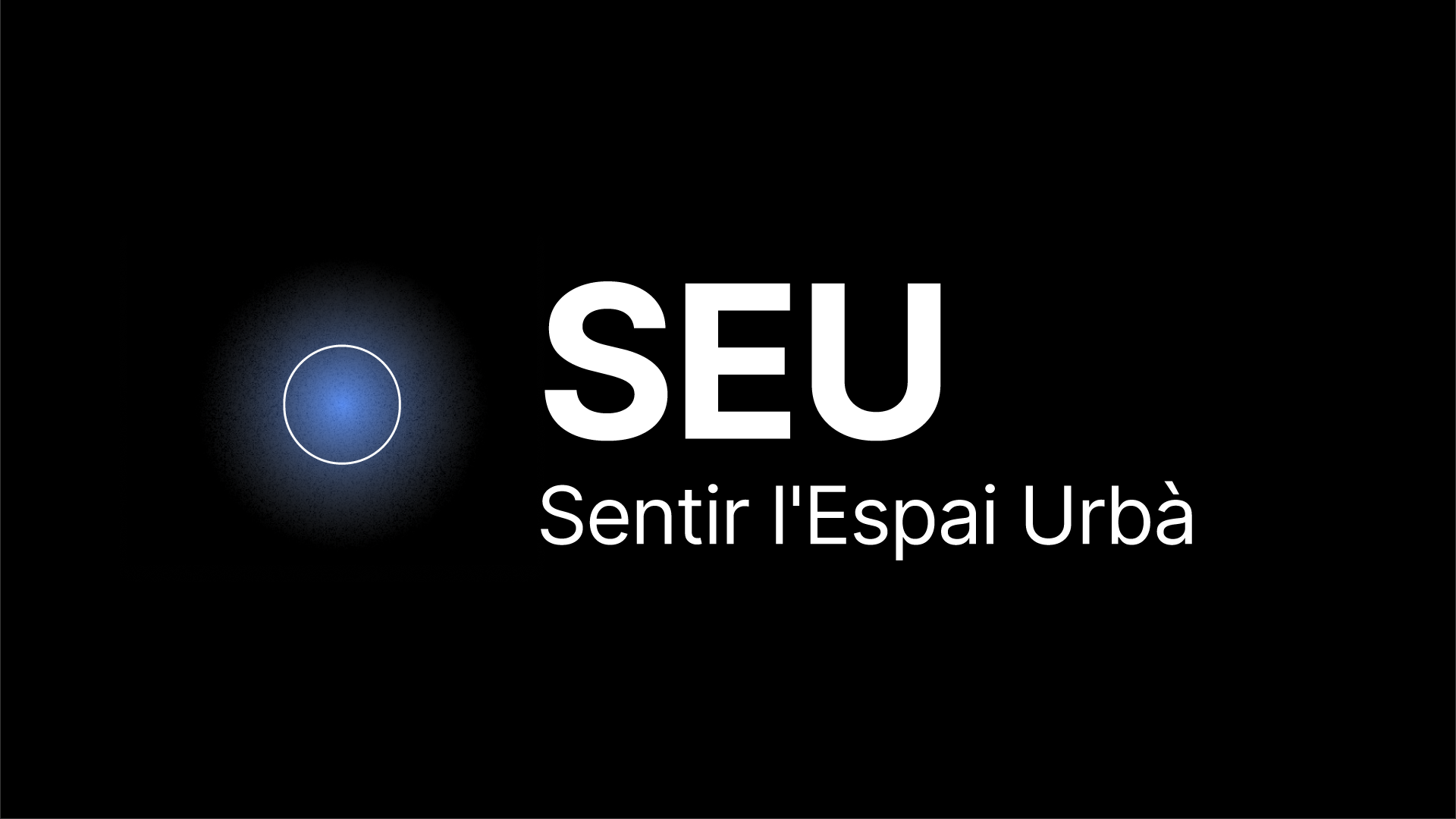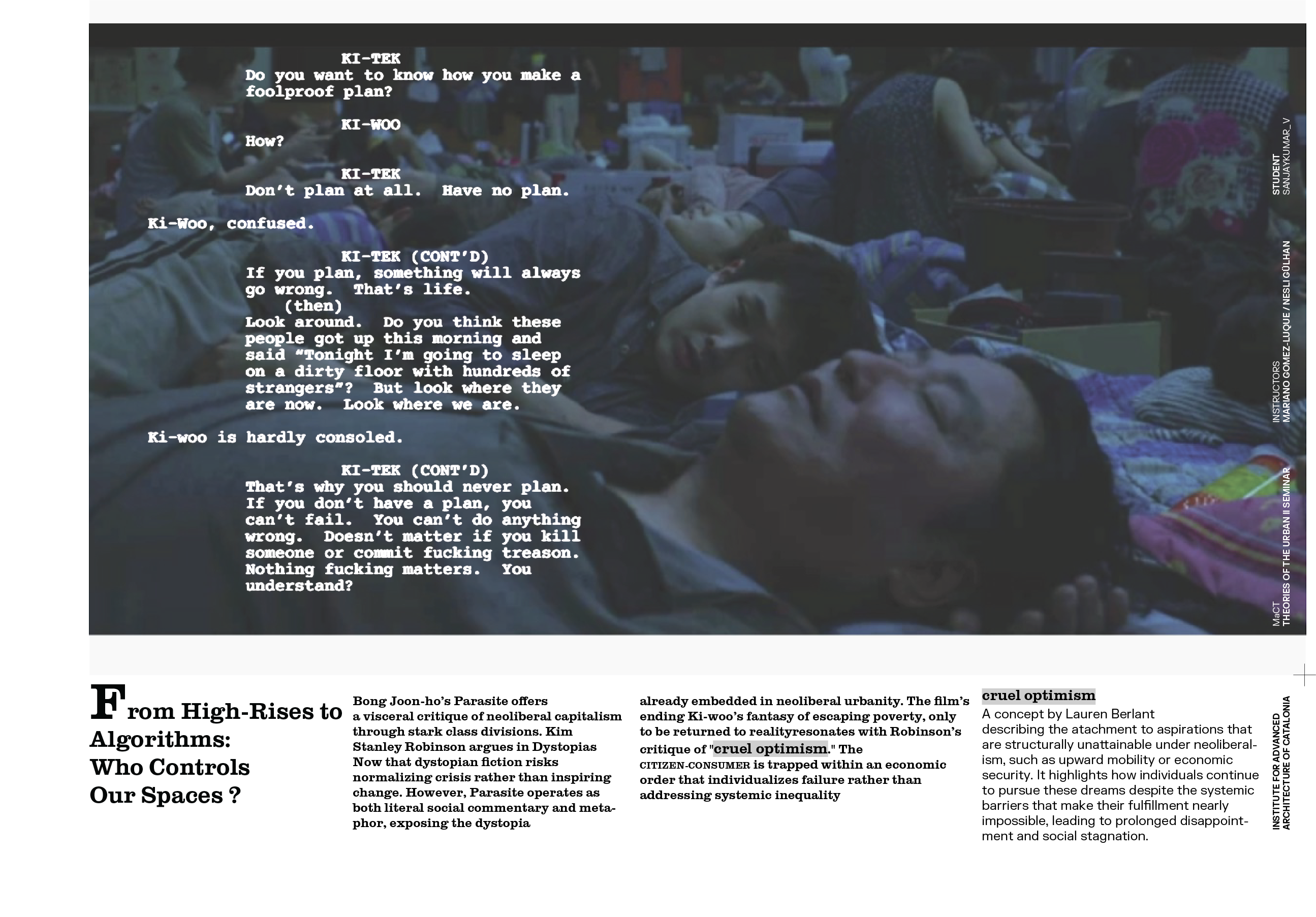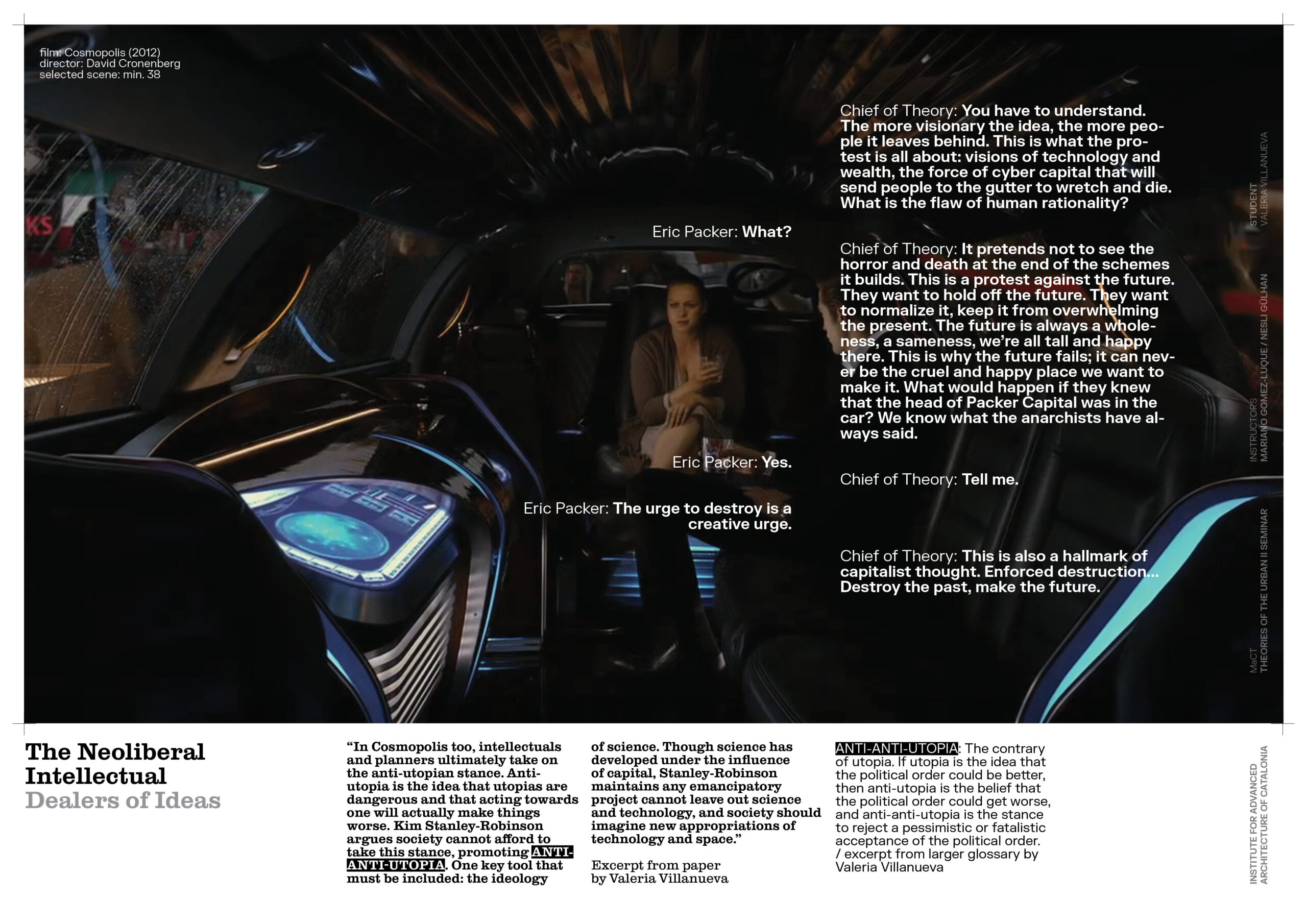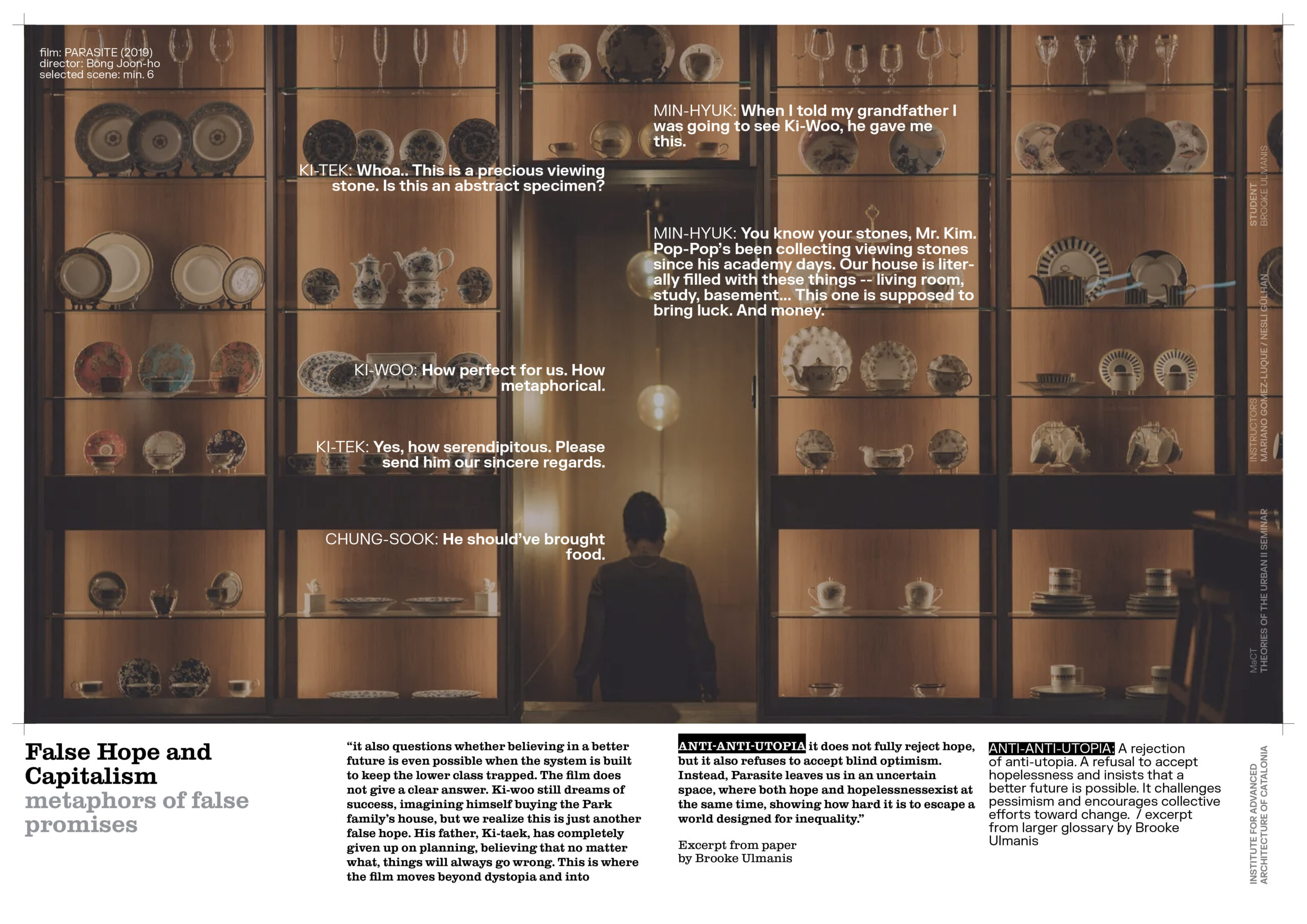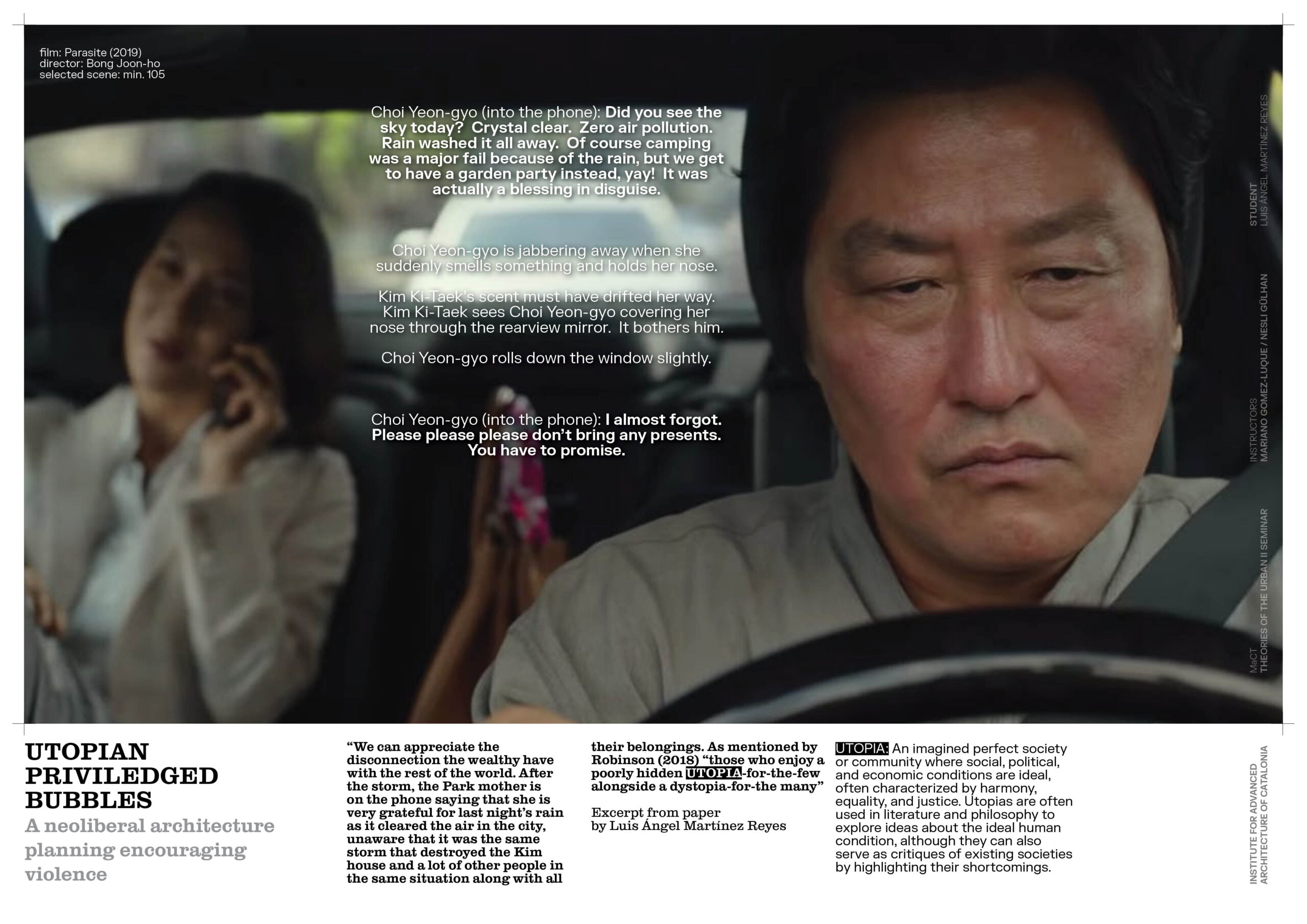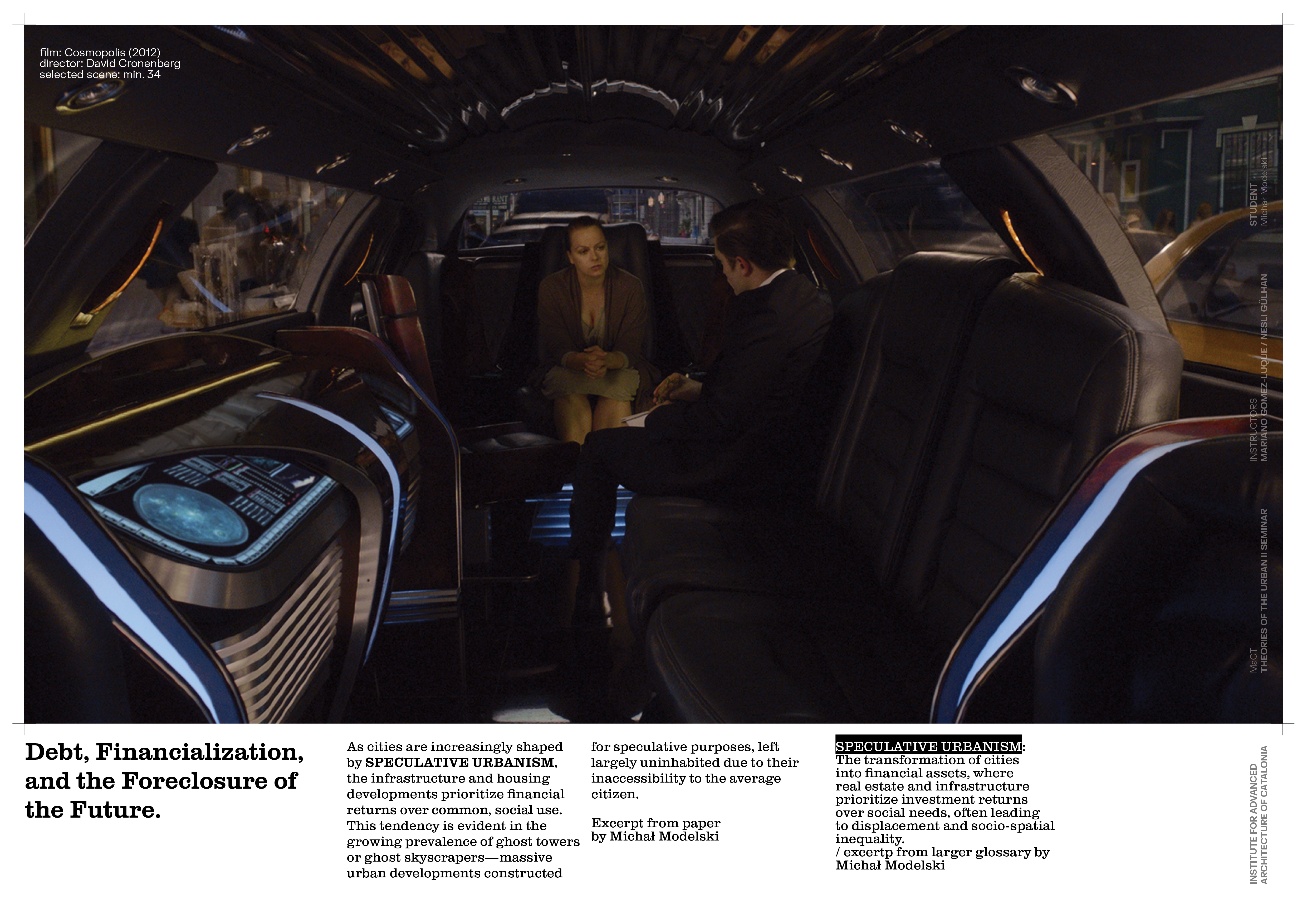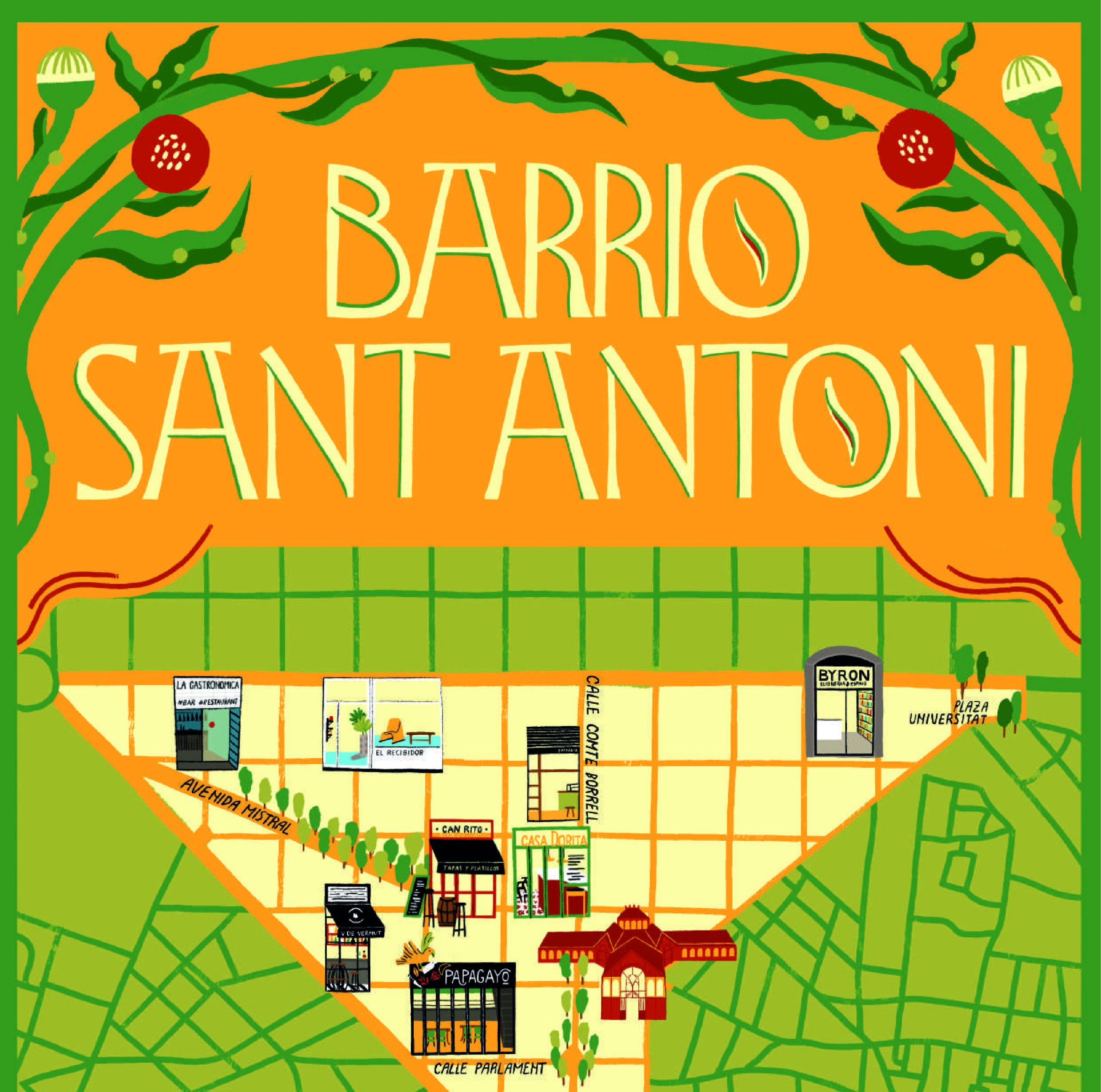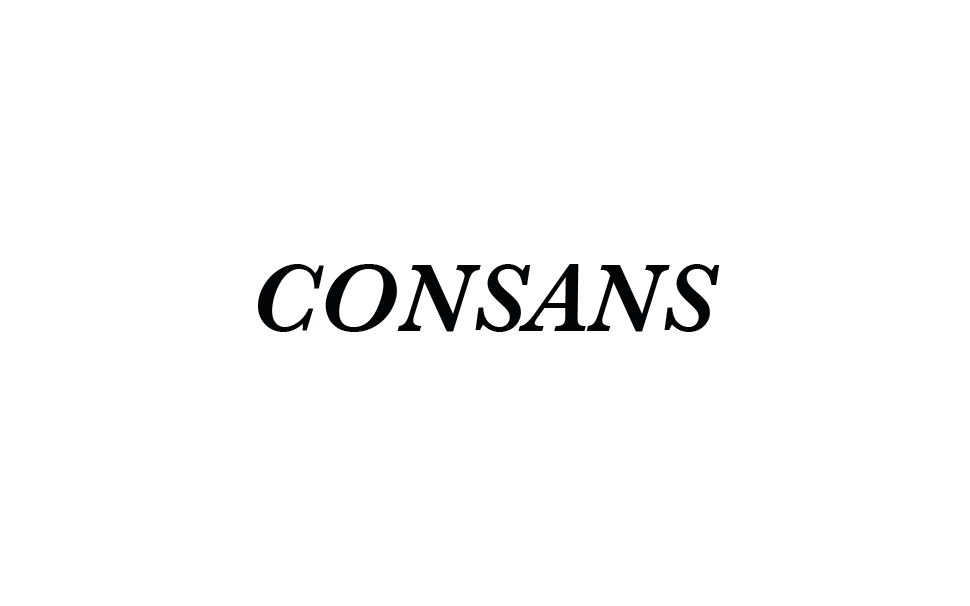BarnaBin – A City Cleaning App
Walking through Ciutat Vella, the heart of Barcelona, one can’t help but notice the overflowing bins, the persistent smell of garbage, and the discarded trash left along the streets. Despite the city’s continuous efforts to keep public spaces clean, waste management remains a pressing issue, particularly in the historic district where narrow streets and high … Read more

